Sierra de Baza Parque Natural is at the southern edge of the Altiplano de Granada and the Hoyo Baza
By Nick Nutter | Updated 16 May 2022 | Granada | Parks |
Login to add to YOUR Favourites or Read Later
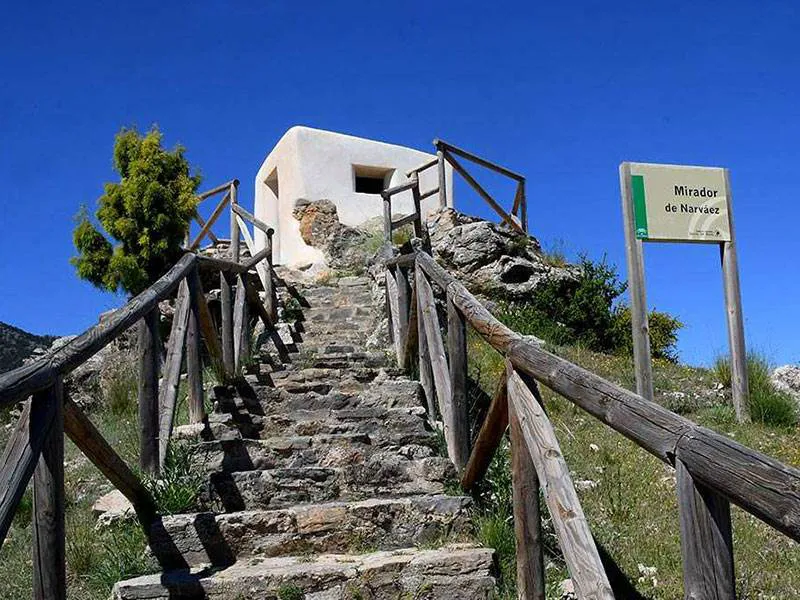
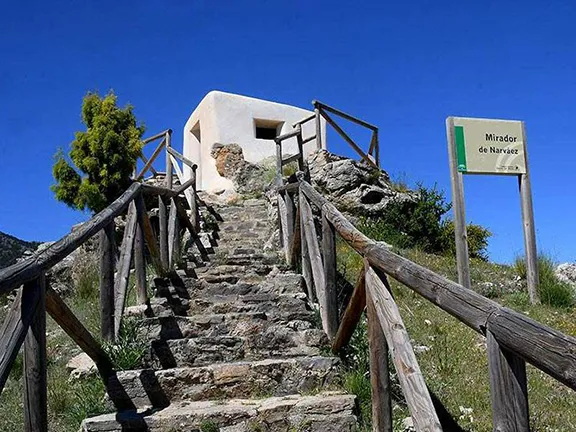
Mirador de Narvaez Sierra de Baza
The Altiplano Granada is a plateau at a height of between 700 and 1000 metres above sea level, surrounded by mountains. Eight million years ago, it was beneath the Mediterranean Sea. Over the millennia, tectonic activity pushed the African plate into the Eurasian plate and raised mountains, amongst them the Sierra Nevadas. The Altiplano was also raised and the sea became a lake, known today as Laka Baza, surrounded and contained by the Sierras. Eventually Lake Baza drained off to the west into the valley of the Rio Guadalquivir leaving behind a flat plain. The surrounding mountains capture most of the rainfall, leaving the Badlands as desert. Seasonal streams and rivers from the mountains, carved the gullies and ravines into the Badlands seen today.
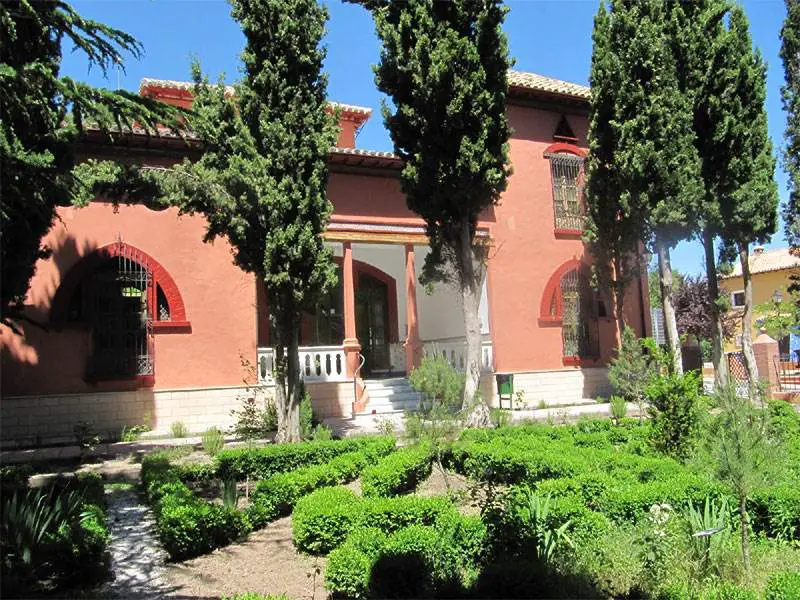
Centre de Visitantes Narvaez
In the southern edge of the most southerly desert in Europe and forming the southern boundary to the Altiplano Granada, the Sierra de Baza Parque Natural provides a dramatic contrast to the dry, gully riven Badlands only a few kilometres north. The Sierra rears 1,200 metres above the desert, forested and craggy. The highest peak is Santa Barbara at 2,269 metres above sea level. Steep sided valleys lead to the interior of the massif, the heights of which are either lost in cloud or starkly contrasted against an alpine blue sky.
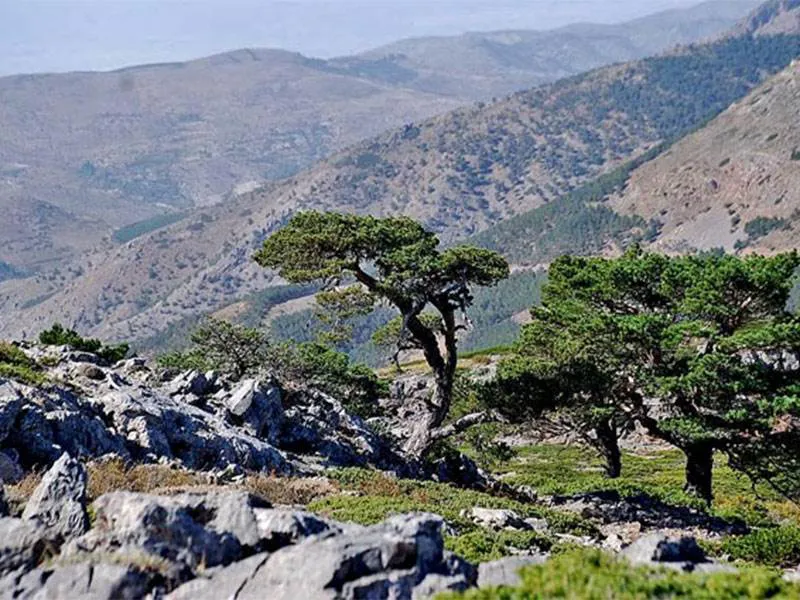
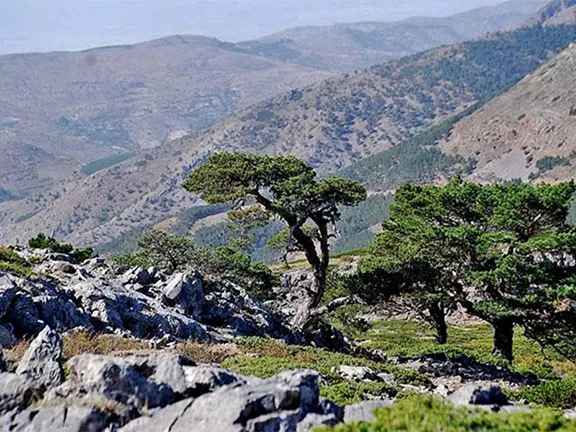
Pine Trees
Vegetation consists mostly of black pine and maple on the steep slopes and more open grassland where the forest has been cleared to allow agriculture on the rolling hills that surround the peaks. Wild boar and deer provided meat for hunter-gatherers for thousands of years and are still abundant today. Birds of prey circle overhead, you may be lucky and see a Royal Eagle or Royal Owl. More common are the goshawks and the partridge eagle.
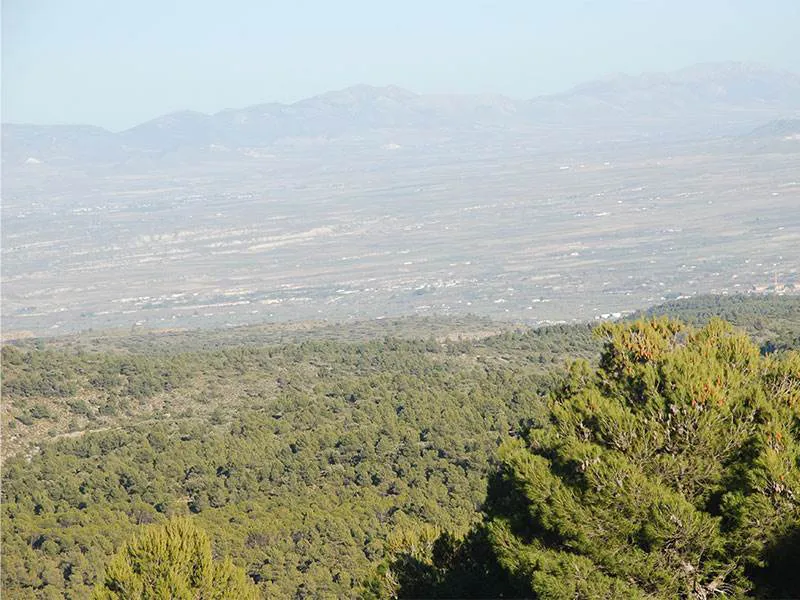
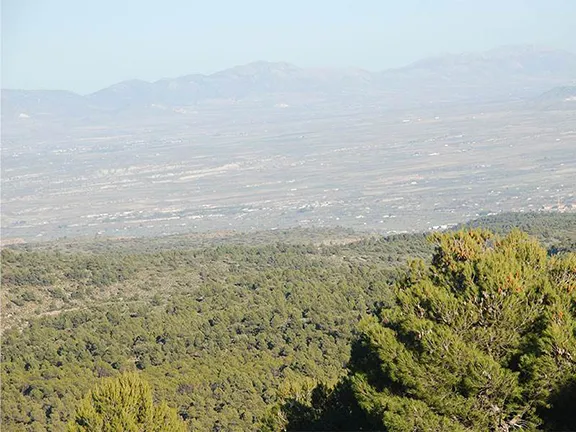
Hoyo de Baza
The first humans arrived in the area when Lake Baza still lay in the depression. As the lake drained and the plain became less hospitable, humans moved to the valleys that had permanent rivers like that of the River Gor, and to the Sierras that surround the plain. The Sierra de Baza has ample evidence of Mesolithic hunter-gatherers, Neolithic agriculturalists, Iberians, Romans, Moors and Christians and there are several archaeological sites to be visited including Basti, an Iberian – Romano town outside of Baza where the famous Iberian sculpture, the Dama de Baza, was found.
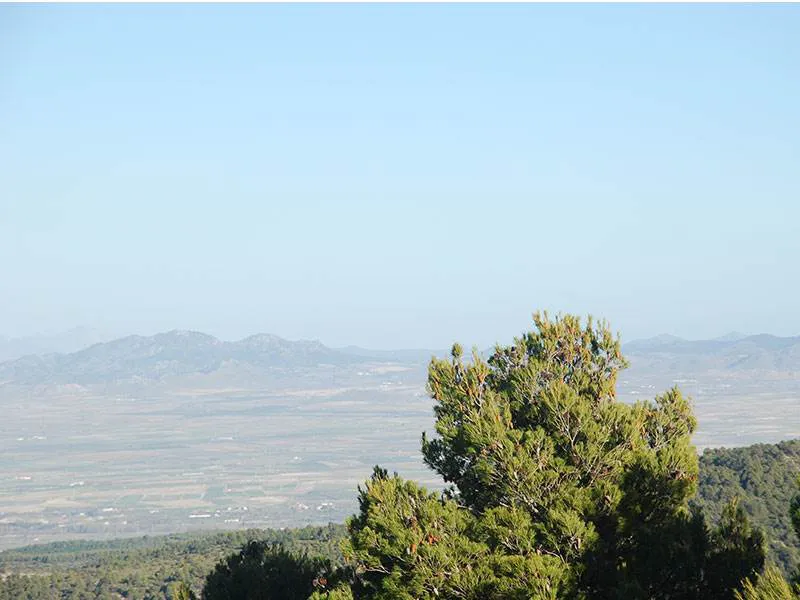
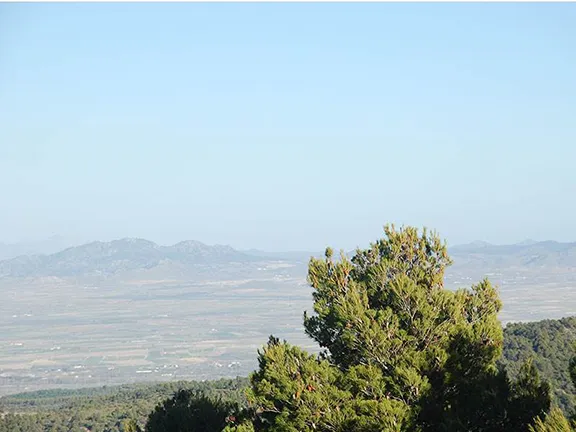
Hoyo de Baza
The whole Sierra is crisscrossed by well-signposted tracks. There is a selection of walks that vary from only 1.4 kilometres in length to more strenuous treks of over 10 kilometres. To get the most from the Sierra de Baza you should first go to the Visitors Centre at Narvaez.
A beautiful country house has been converted into a Centro de Visitantes. Exhibition rooms on two floors explain the flora and fauna and you can purchase walking maps in the shop, but the exhibition room that fascinates most is on the first floor.
A number of studies have looked at the land use in the Sierra de Baza from Neolithic times to the present day. Not surprisingly, exploiting the mineral wealth of the area has had a high priority for the last four thousand years.